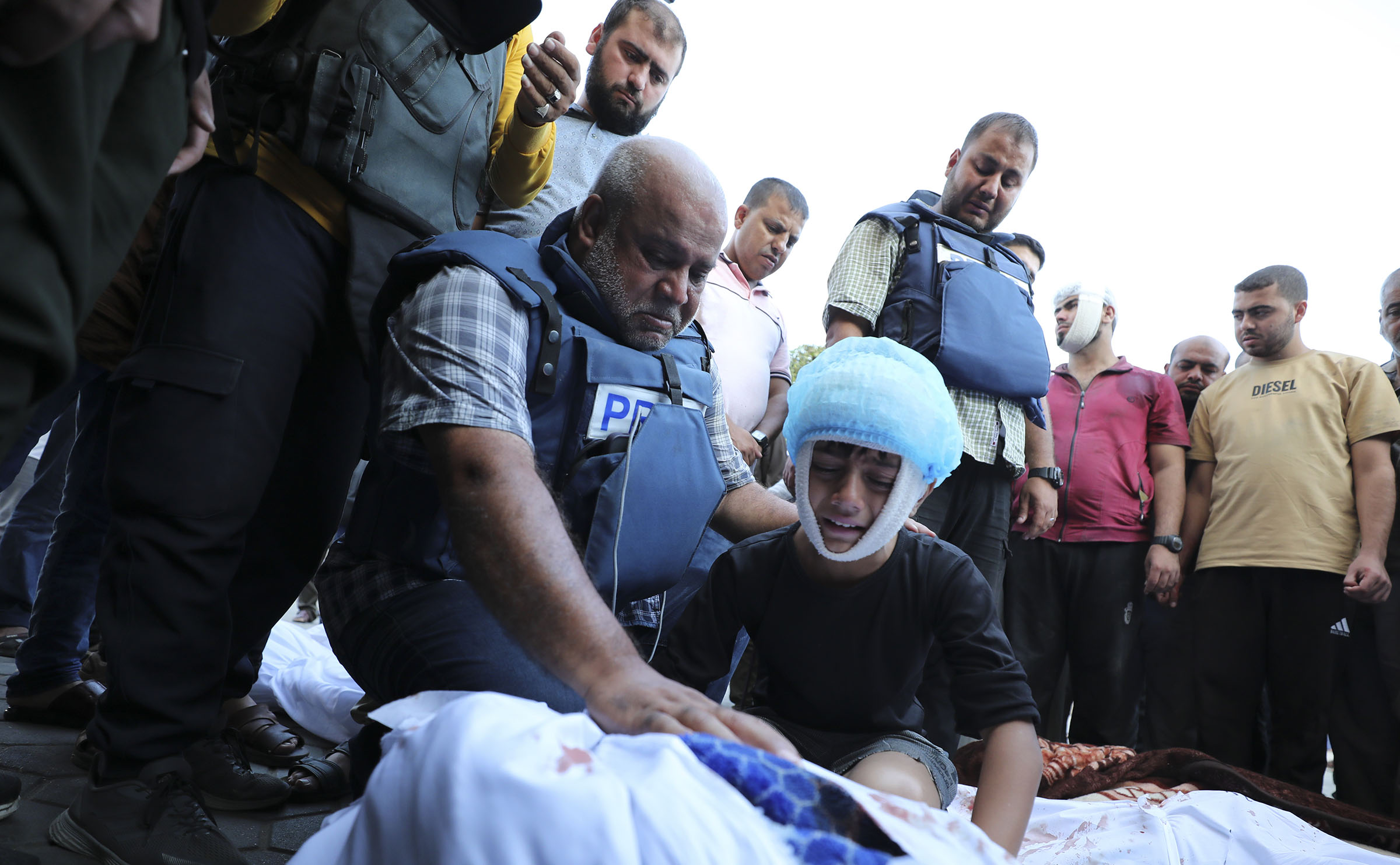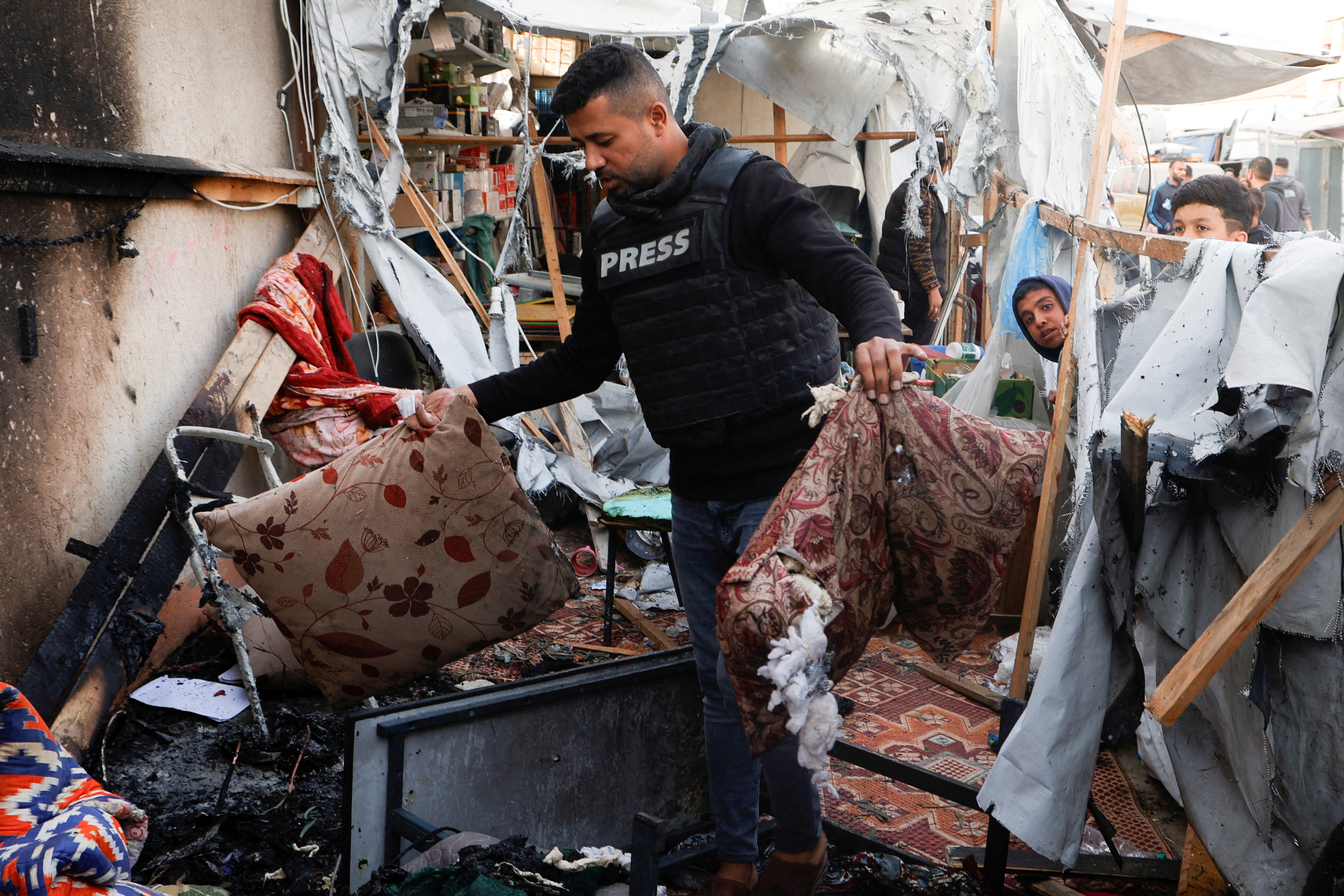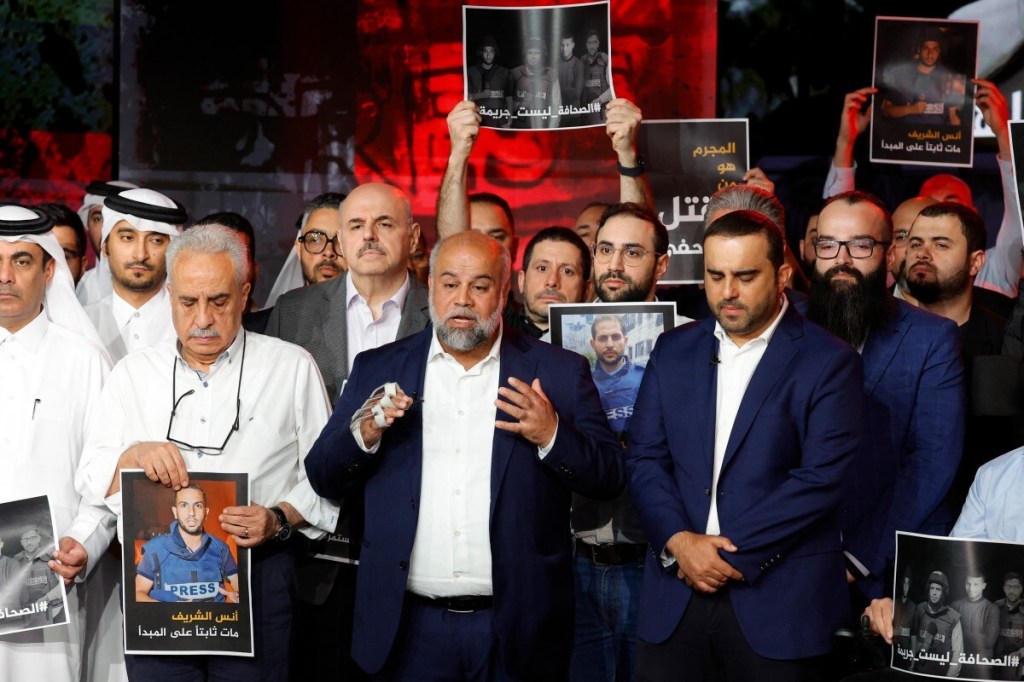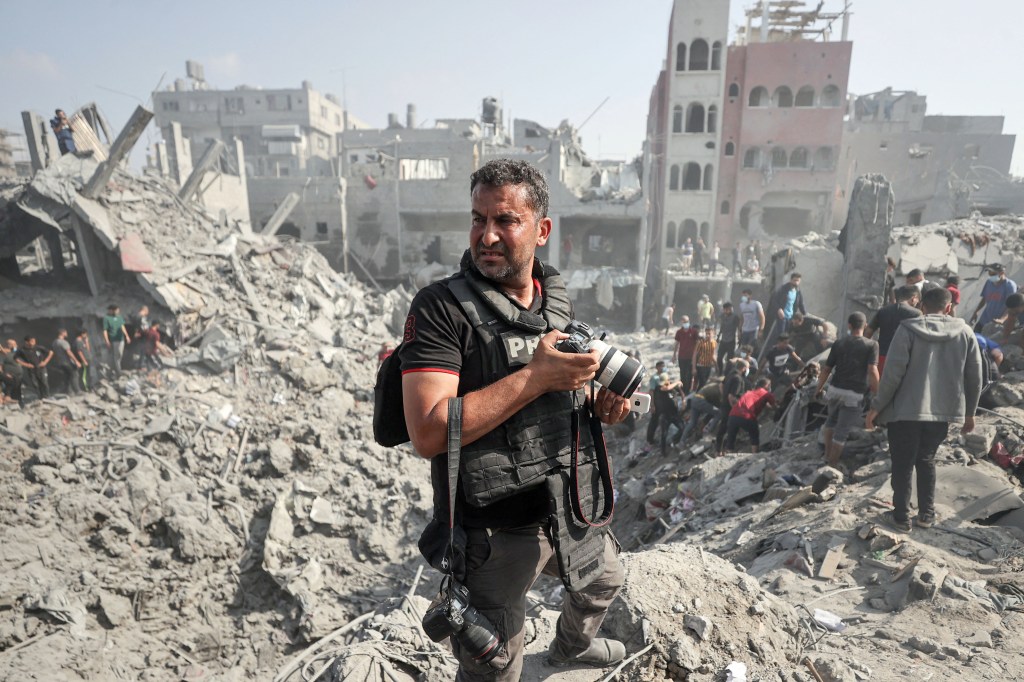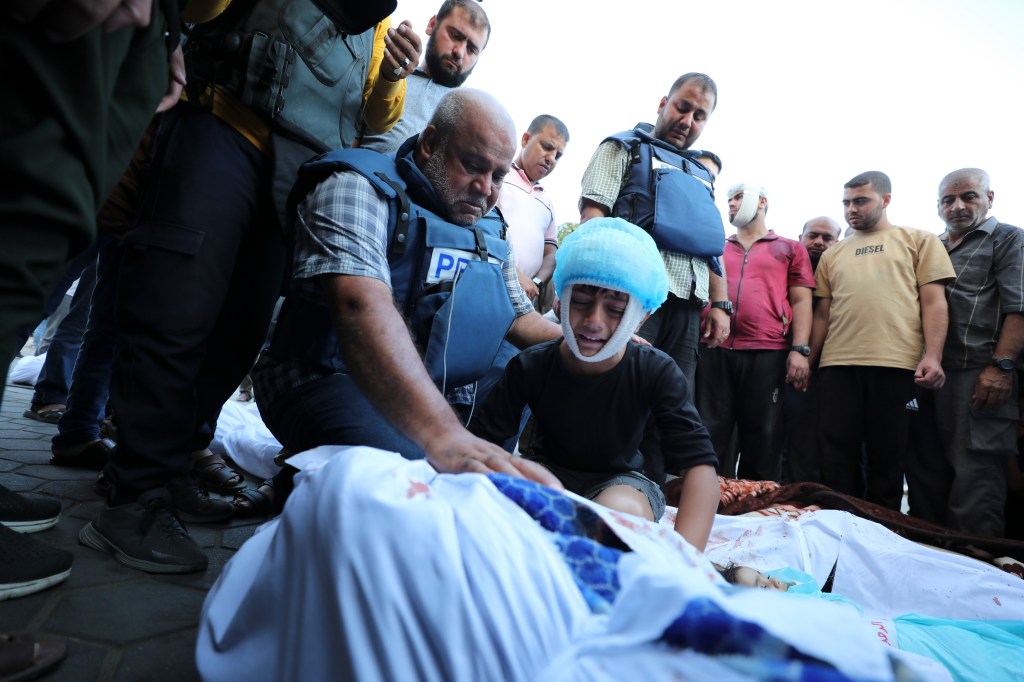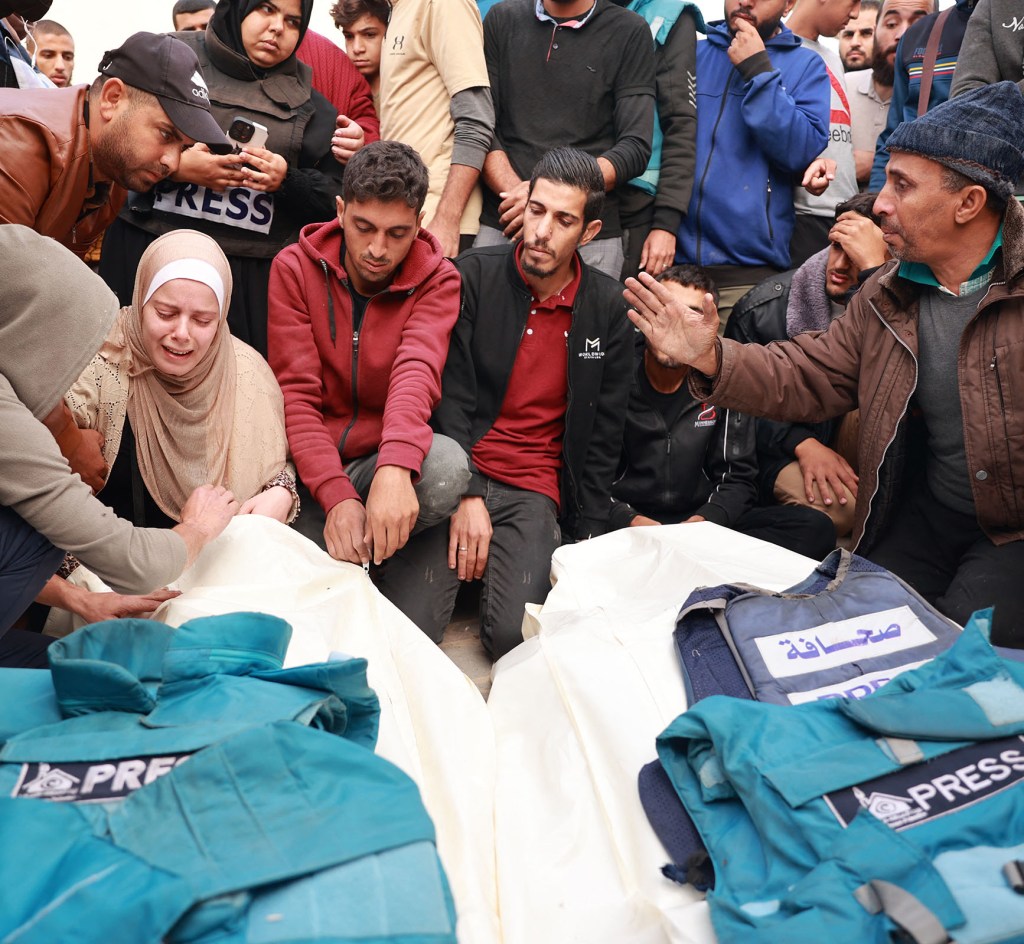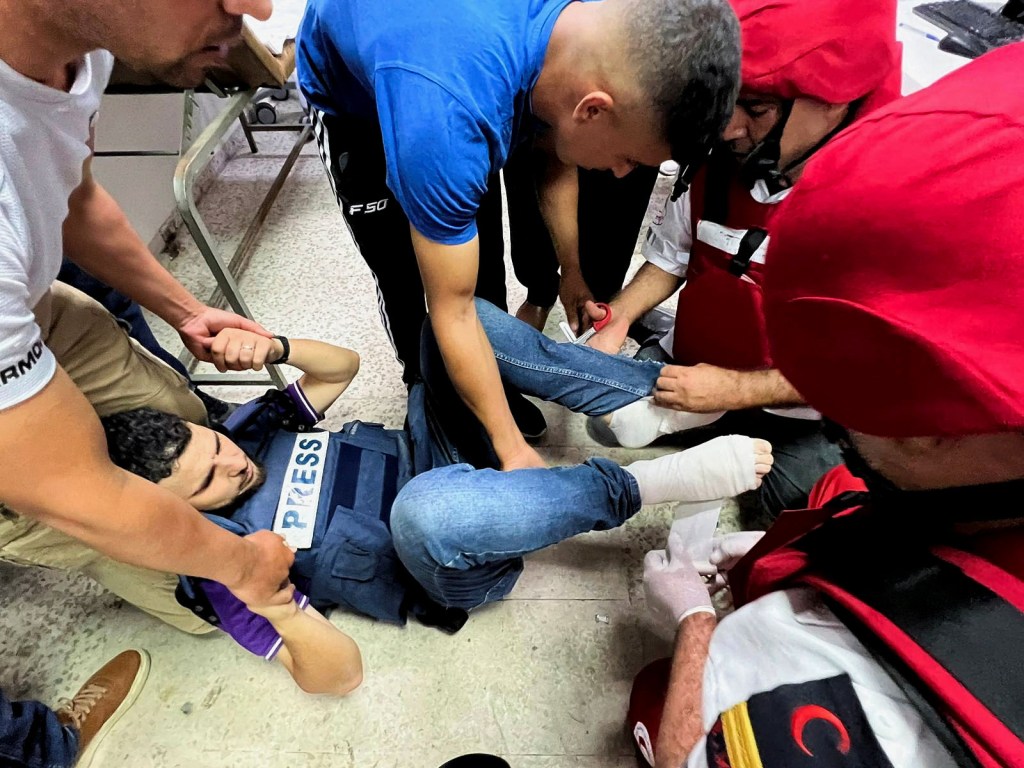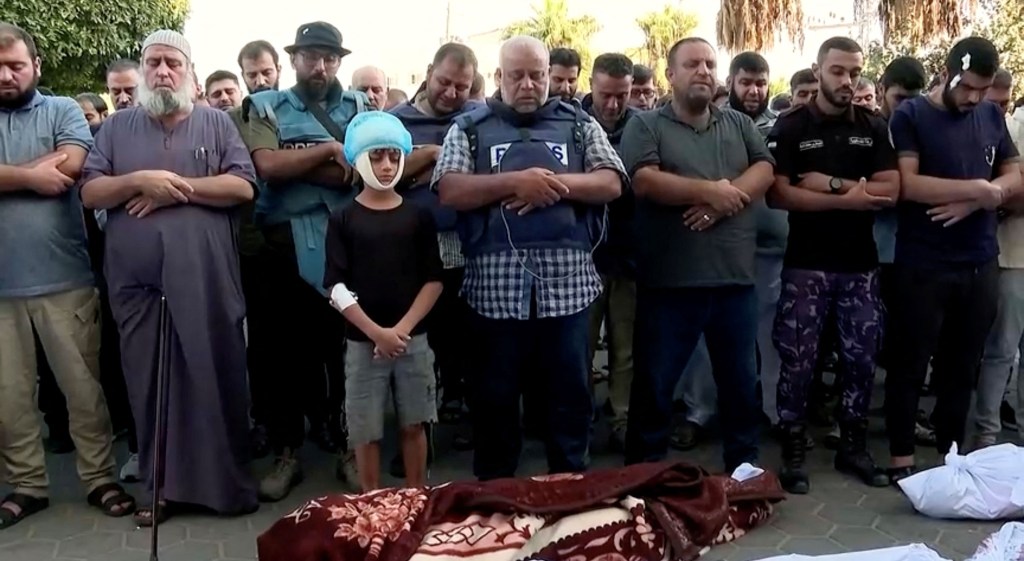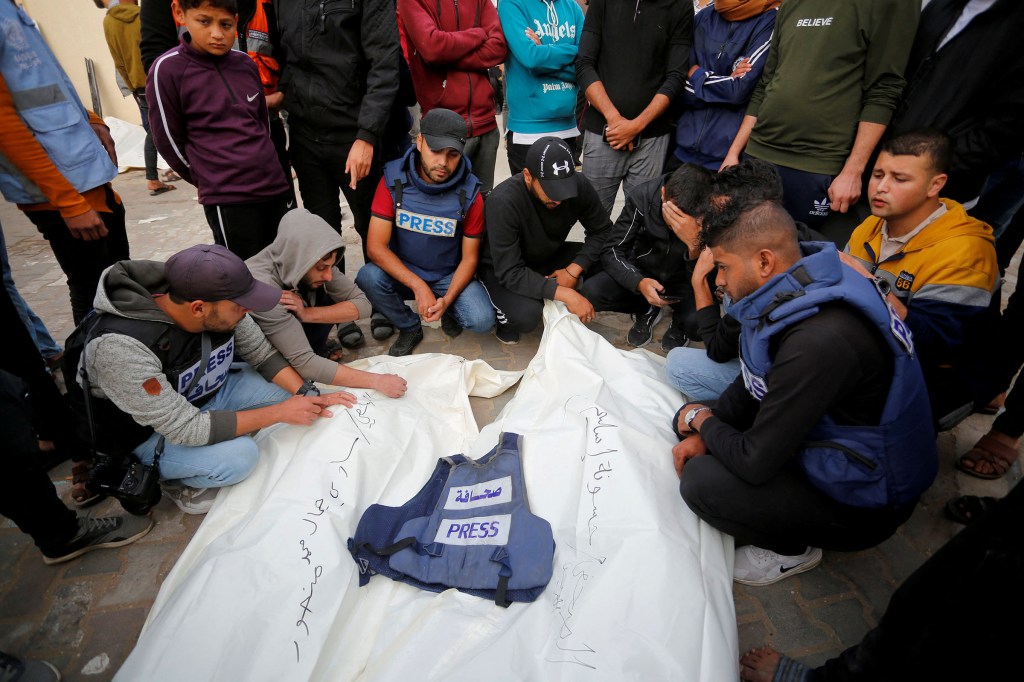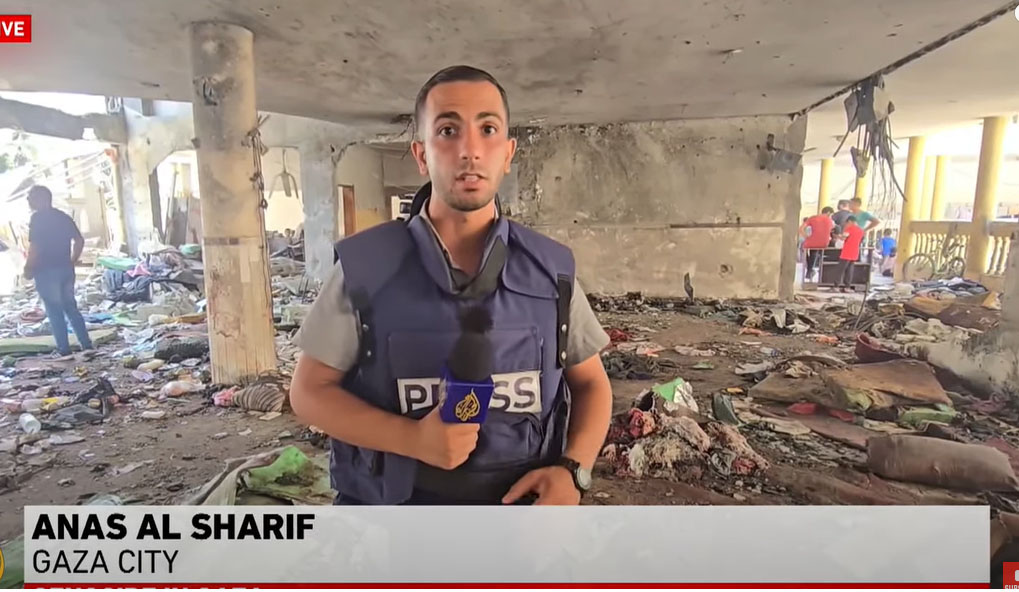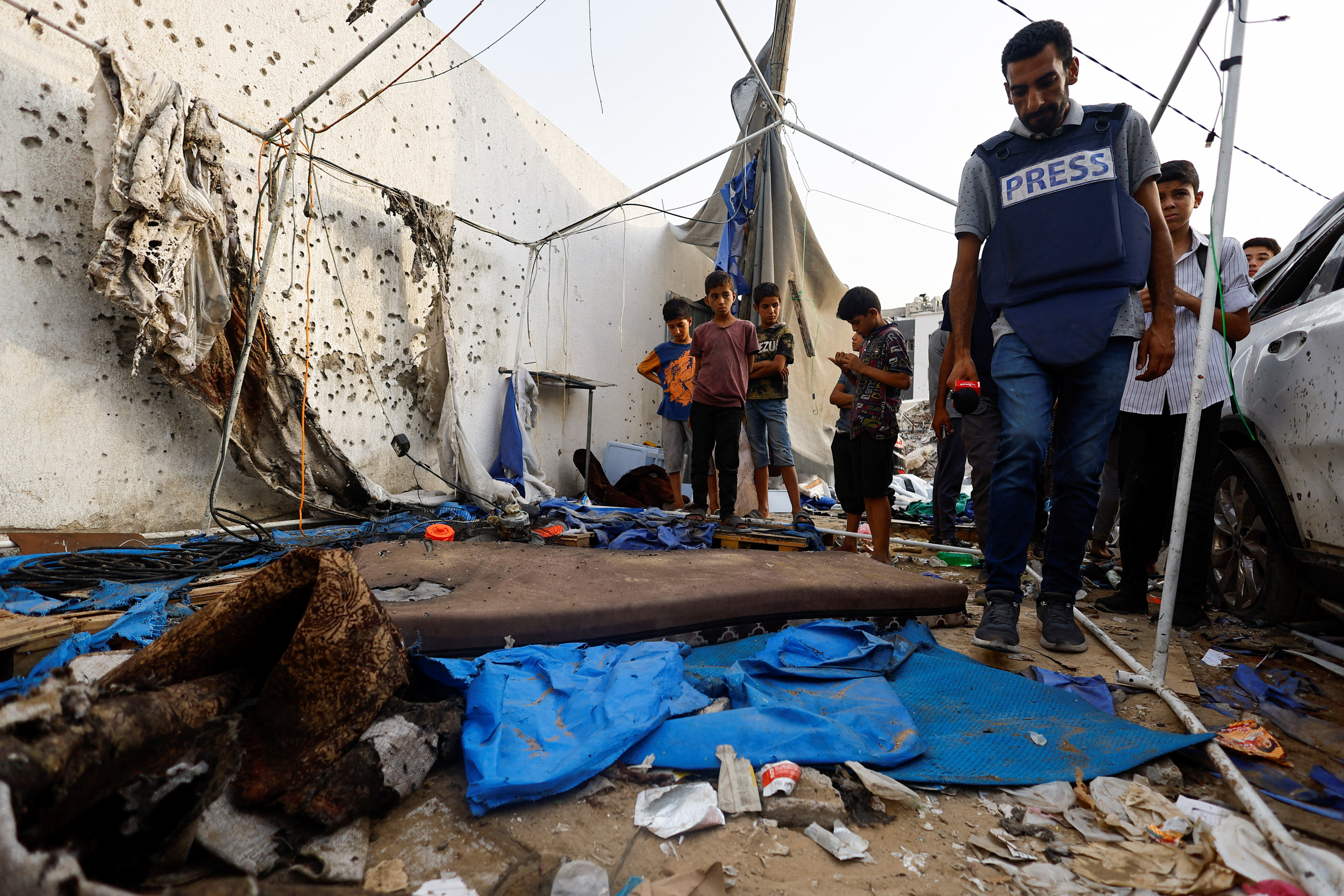
Israel is engaging in the deadliest and most deliberate effort to kill and silence journalists that CPJ has ever documented. Palestinian journalists are being threatened, directly targeted, and murdered by Israeli forces, and are arbitrarily detained and tortured in retaliation for their work. Israel has systematically destroyed media infrastructure in Gaza, and tightened censorship throughout the West Bank and Israel. Inside Gaza, journalists report harassment and intimidation by Hamas.
By silencing the press, Israel is silencing those who document and bear witness to what human rights groups say is a genocide. CPJ calls on the international community to: take immediate action to end the unlawful attacks on journalists; grant international media independent access to Gaza to be able to investigate and report what is happening without fear of censorship or assassination; and hold Israel to account.
237
Killed
92
Imprisoned
Figure includes war-related killings of journalists and media workers in Gaza, Yemen, Lebanon, Iran, and Israel. The database does not yet reflect 31 murders in Yemen because details of those killings are still being investigated.

Israel is wiping out Gaza’s journalists – and it’s no longer even hiding it
The laws of war are clear: journalists are civilians. To target them deliberately in war is to commit a war crime.
Israel always boasted that it was the only country in the region to support press freedom. That boast rang hollow even before the current war. Now, it’s not even pretending. On Sunday, Israel openly and brazenly killed six journalists as they were sheltering in a tent that housed reporters and media workers.
Click below to read CPJ CEO Jodie Ginsberg‘s full op-ed in The Guardian:
Photo: Reuters/Dawoud Abu Alkas
Voices from Gaza
Palestinian journalists face incredible dangers working in Gaza, including starvation.
Hear directly from them the conditions they are facing:
Find all the “Voices from Gaza” videos on our YouTube channel.
Photo Gallery
Journalists in Gaza continue to work under extreme, heartbreaking, and sometimes fatal circumstances.
Demanding accountability
Since the beginning of the war, CPJ has regularly demanded accountability for journalist killings in Gaza as well as unfettered, independent access for media organizations to cover the conflict. CPJ has:
- Called for urgent, unrestricted access to Gaza for journalists
- Demanded an end to Israel’s starvation and killing of journalists in Gaza
- Urged Israel to allow free movement of journalists in and out of Gaza
- CPJ: Israel is ‘trying to hide the truth’ by targeting journalists in Gaza | DW News
- Urged European Union foreign ministers to suspend the EU-Israel Association Agreement
- Called on UN commission to investigate murdered journalist Issam Abdallah
- Denounced Israel’s smearing of killed Palestinian journalists
- Submitted an urgent appeal to the UN Working Group on Arbitrary Detention
- Called for an immediate humanitarian ceasefire
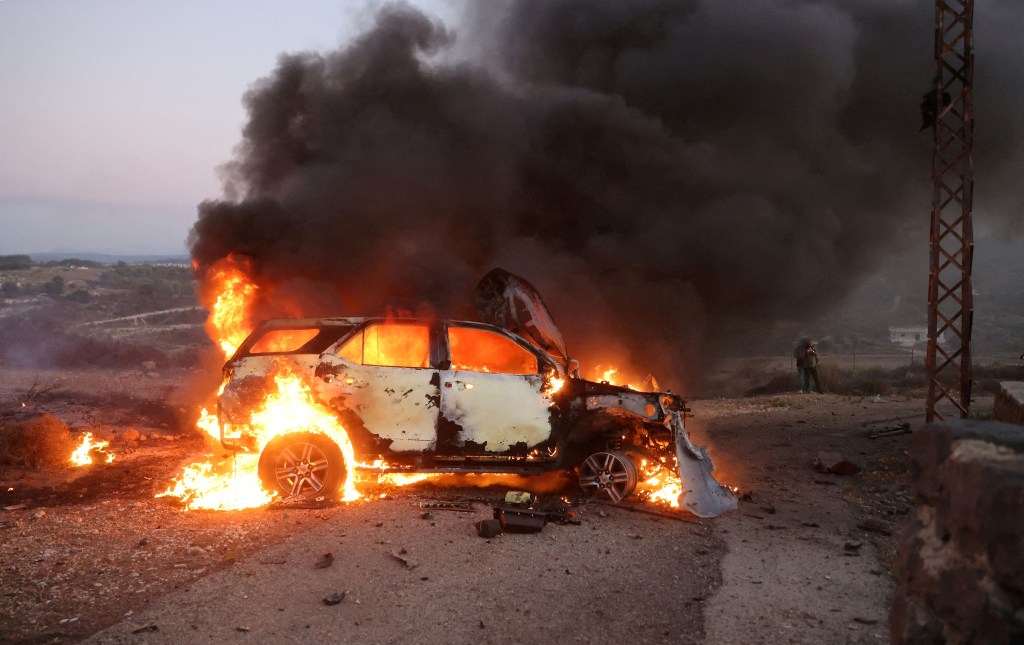
No justice for journalists targeted by Israel despite strong evidence of war crime
There is still no accountability for the October 13, 2023, Israeli attack, in which two tank shells were fired into south Lebanon, killing Reuters’ Issam Abdallah and injuring six other journalists.
Assisting journalists in need
CPJ has assisted journalists since the beginning of the war, and in 2024 dispensed its largest ever assistance grant to Gaza journalists. That year, $300,000 was disbursed to more than 1,800 journalists, helping them cover costs of food, water, clothing, shelter, and equipment amid excruciating humanitarian conditions including displacement and bombardment. In 2025, CPJ continues to prioritize assisting Palestinian journalists in Gaza by providing crucial support, including mental health and psychosocial workshops for female journalists and safe workplaces for local journalists.
CPJ safety advisories
As we continue to monitor the war in Israel/Gaza, journalists who have questions about their safety and security can contact us emergencies@cpj.org.
For more information, read:
- Resources for journalists covering conflict
- Physical Safety: War Reporting
- Physical and digital safety: Civil Disorder
- Physical and digital safety: Arrest and detention
These are available in multiple languages, including Arabic.
Mental health resources for journalists
Resilience/mental health resources for journalists dealing with violent imagery and trauma.
- CPJ: Psychological safety 101
- Headlines Network: Vicarious trauma: A guide for journalists and newsrooms to recognize vicarious trauma and mitigate against it
- Dart Center: Working with Traumatic Imagery
- First Draft: Journalism and vicarious trauma: A guide for journalists, editors, and news organizations


